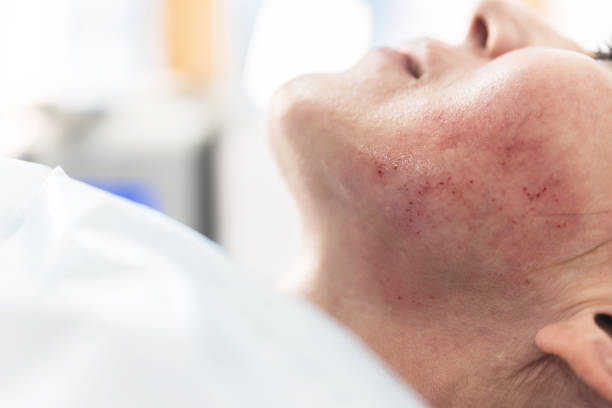Ehlers-Danlos syndrome (EDS) is a group of inherited disorders that affect connective tissues in the body, which provide support to skin, bones, blood vessels, and other organs. It is caused by a genetic defect that leads to a deficiency or malfunction of collagen, a protein that gives strength and elasticity to connective tissues. EDS is characterized by hypermobility (joints that move beyond the normal range), skin that is easily bruised and scars easily, and fragile blood vessels.
Symptoms of Ehlers Danlos Syndrome
Ehlers-Danlos syndrome (EDS) is a genetic condition that affects the connective tissues in the body, which provides support to skin, bones, and other tissues. There are 13 subtypes of EDS, but all of them share some common symptoms, including:
Joint hypermobility (excessive flexibility of the joints)
Skin that is easily bruised and scars easily
Fragile skin and blood vessels
Chronic joint and muscle pain
Dislocations and subluxations (partial dislocations) of joints
Chronic fatigue
Poor wound healing
The severity of symptoms can vary widely among individuals, even those with the same subtype of EDS. Some people with EDS may have only mild symptoms, while others may have more severe symptoms that affect their daily life.
Treatment for Ehlers Danlos Syndrome
Treatment for EDS is aimed at managing symptoms and preventing complications. There is no cure for EDS, so treatment typically involves a multidisciplinary approach, including physical therapy, medications, and lifestyle modifications. Physical therapy can help improve joint stability, reduce pain, and improve mobility. Medications, such as pain relievers and anti-inflammatory drugs, can help manage pain.
- Physical therapy and exercise: To help improve joint stability and prevent dislocations.
- Pain management: Over-the-counter pain relievers, prescription medications, and other treatments can help manage chronic pain.
- Skin care: Gentle skin care, avoiding sun exposure, and avoiding excessive stretching of the skin can help prevent skin problems.
- Assistive devices: Braces, splints, and other devices can help provide stability to joints and reduce the risk of dislocations.
- Surgery: In some cases, surgery may be recommended to stabilize a joint or correct a deformity.
In addition, lifestyle modifications, such as avoiding activities that put a lot of stress on the joints and engaging in low-impact exercises, can also help manage symptoms. People with EDS should also protect their skin from injury and avoid sun exposure, as their skin is easily damaged.
Conclusion
Ehlers-Danlos syndrome is a group of inherited disorders that affect connective tissues, leading to hypermobility, skin that is easily bruised and scars easily, and fragile blood vessels. Symptoms vary depending on the type of EDS, but common symptoms include joint hypermobility, skin fragility, and chronic pain. Treatment for EDS is aimed at managing symptoms and preventing complications, and typically involves a multidisciplinary approach, including physical therapy, medications, and lifestyle modifications.

 Home
Home Health
Health Diet & Nutrition
Diet & Nutrition Living Well
Living Well More
More












